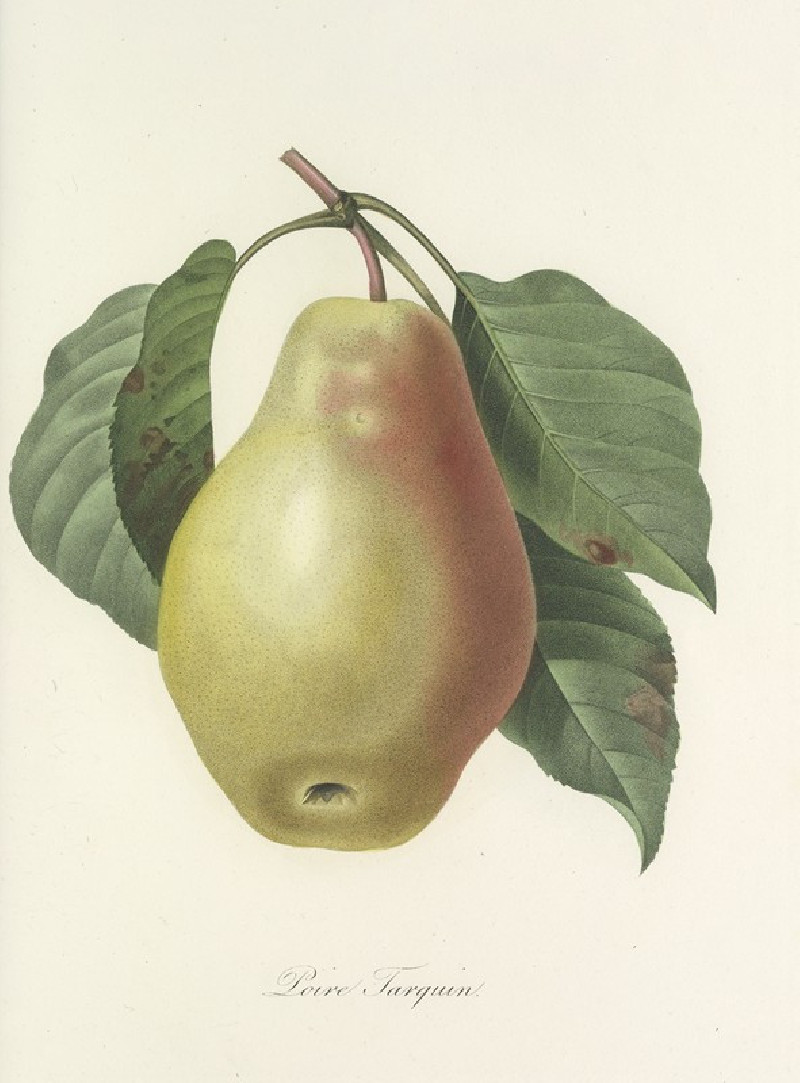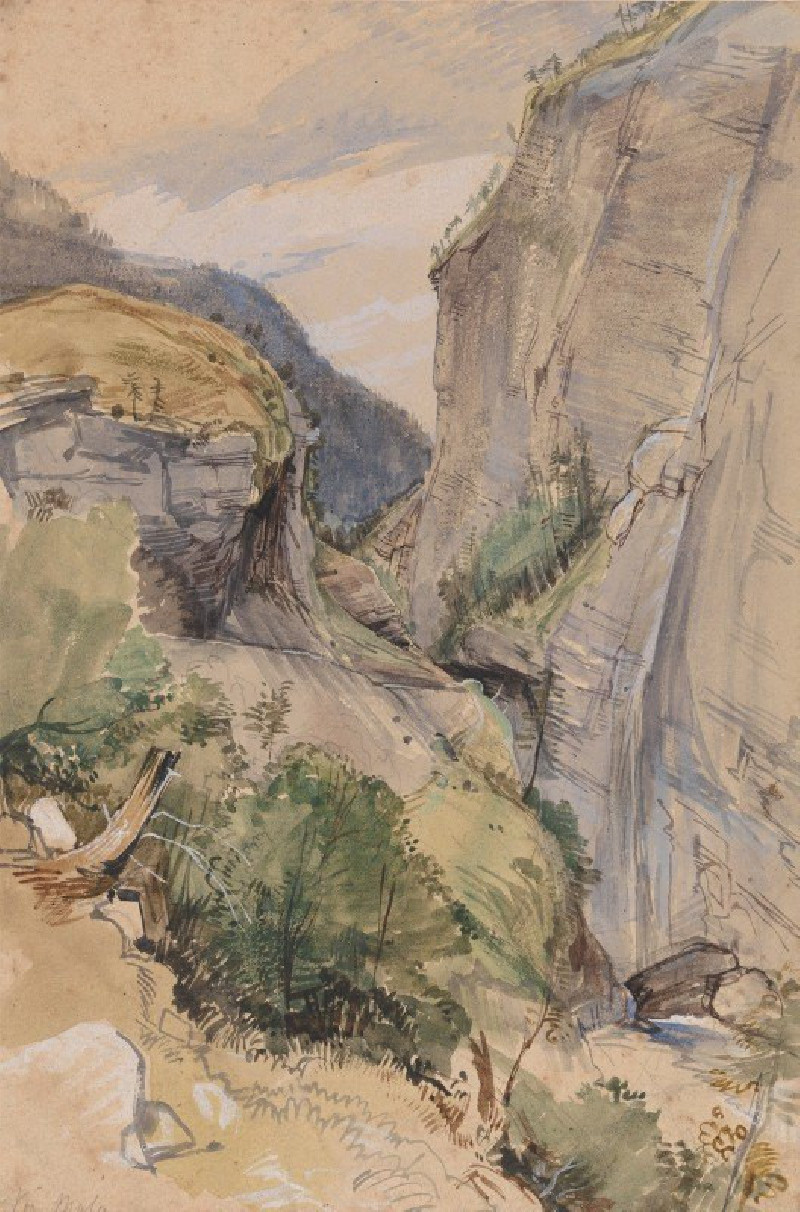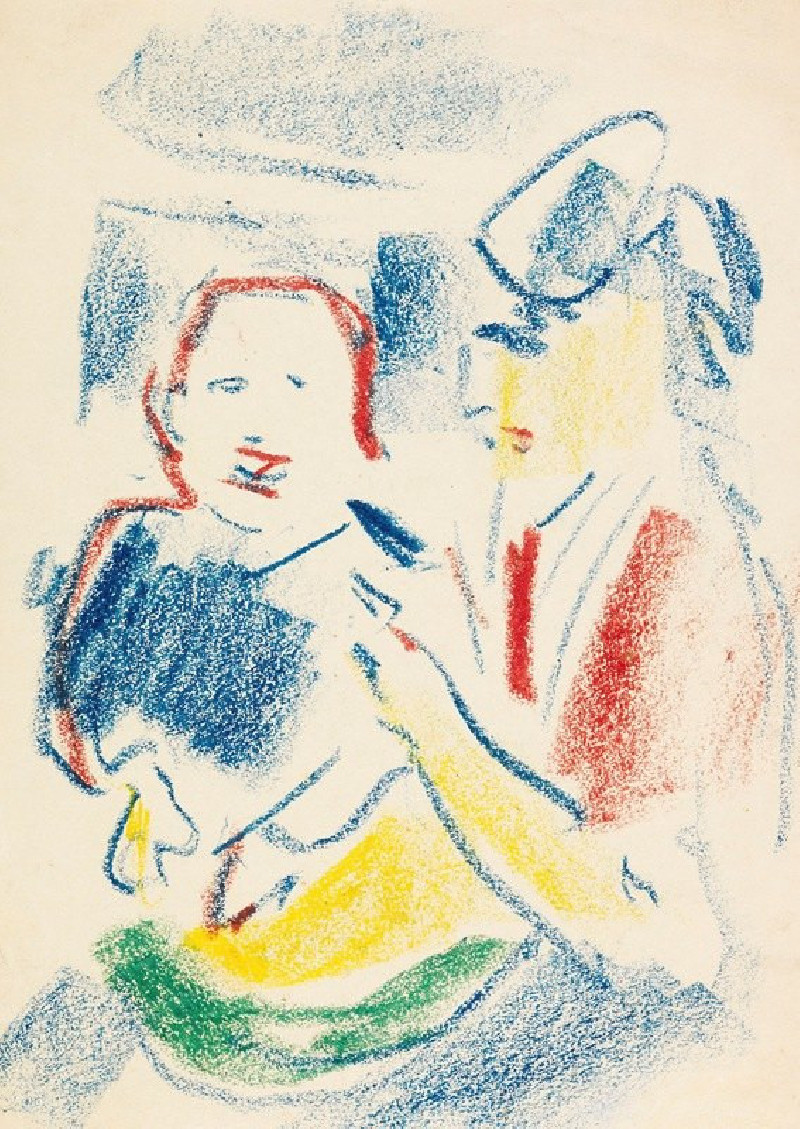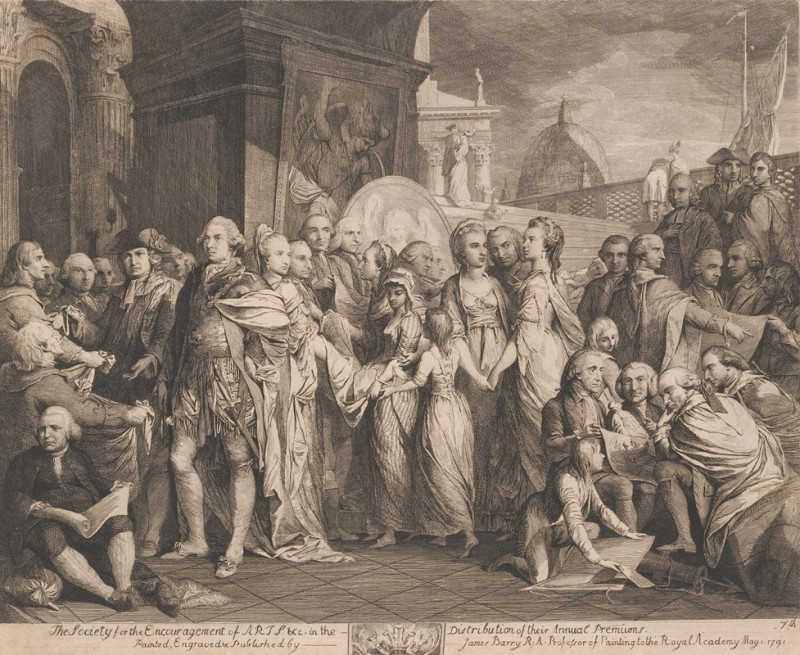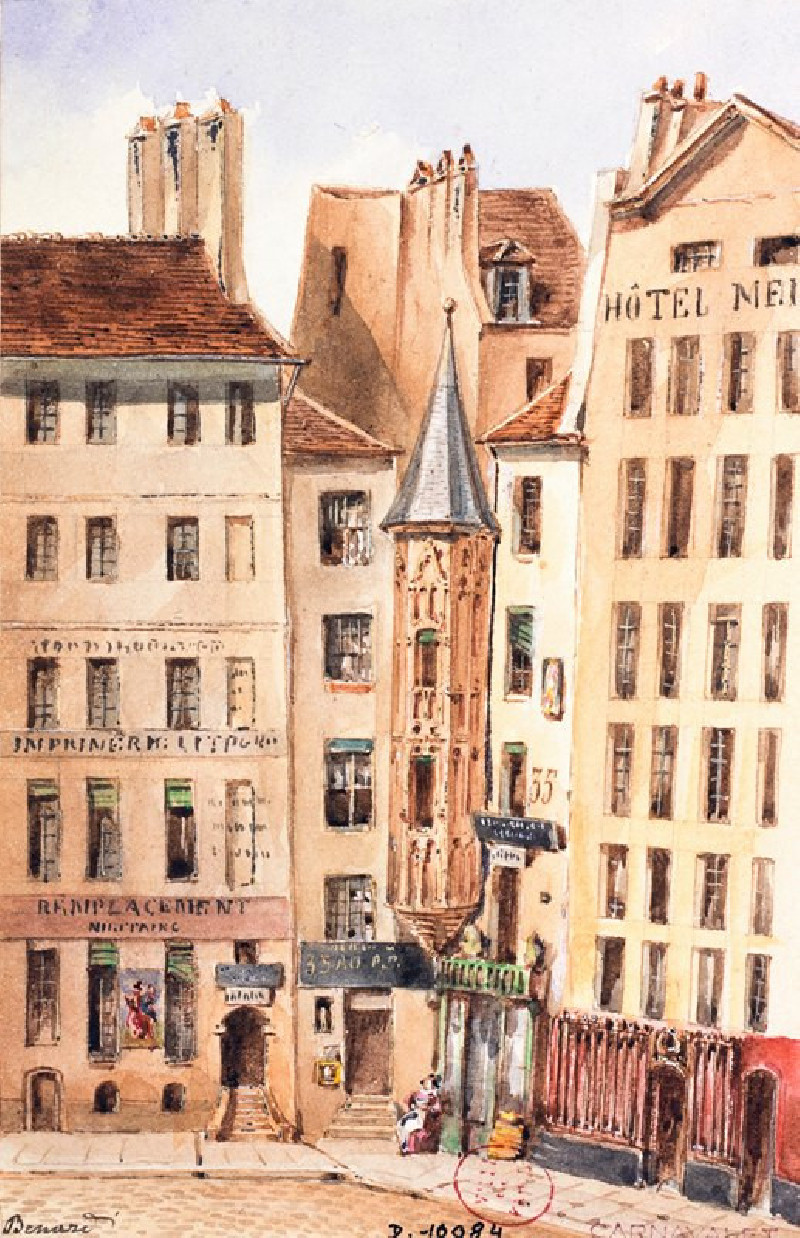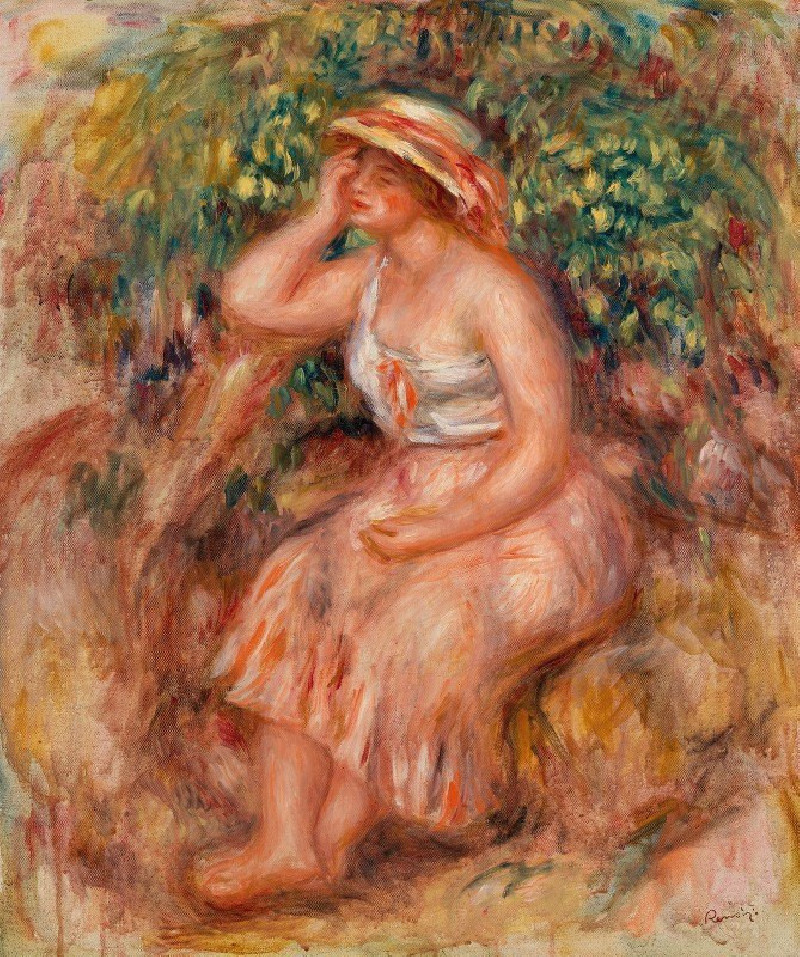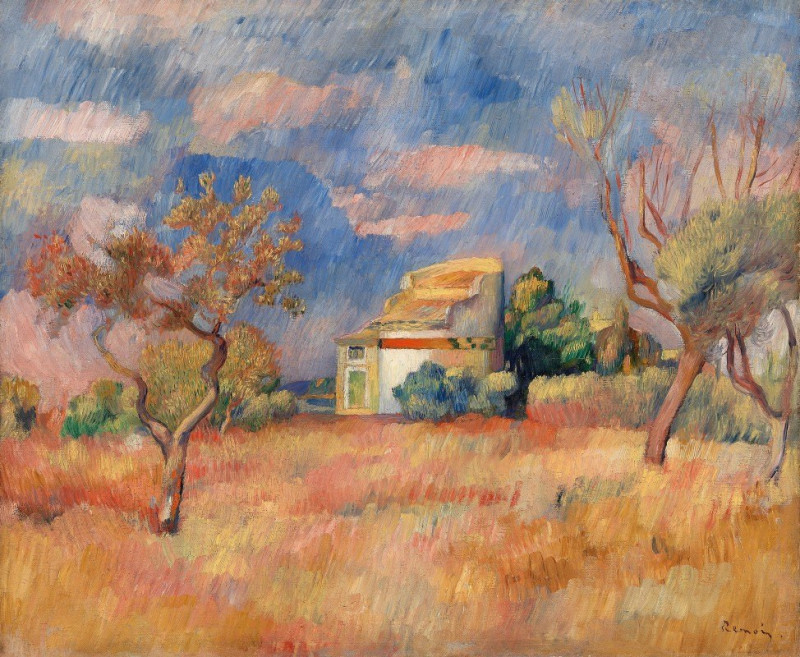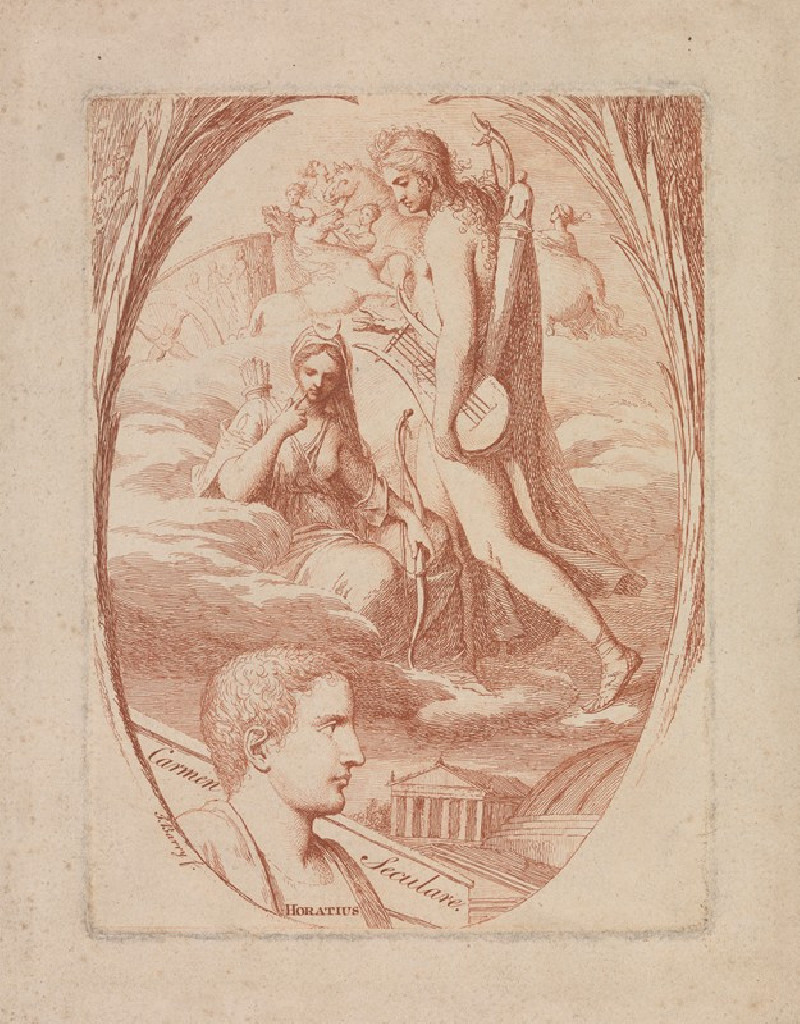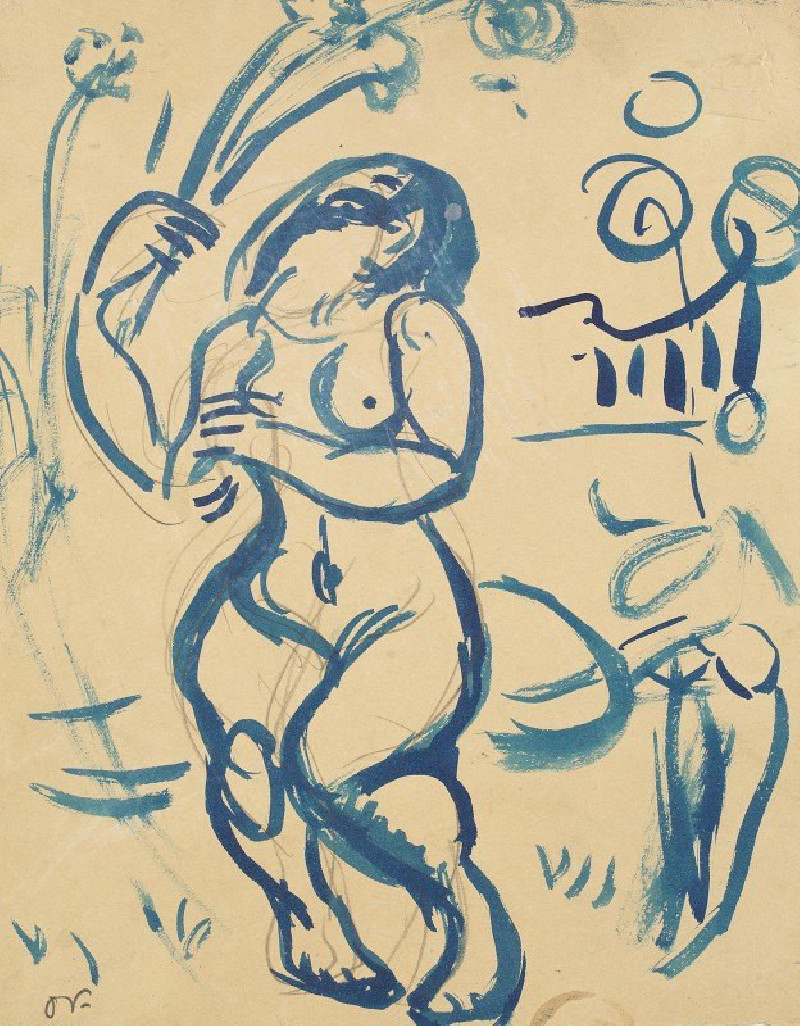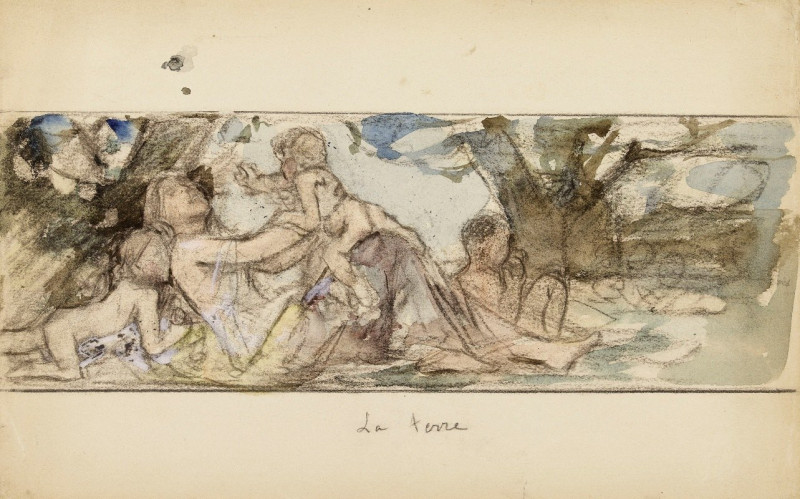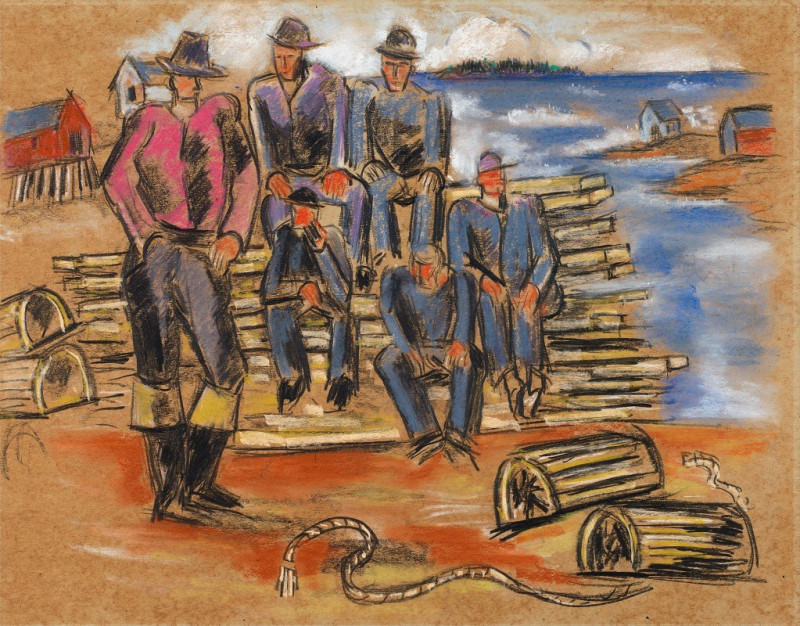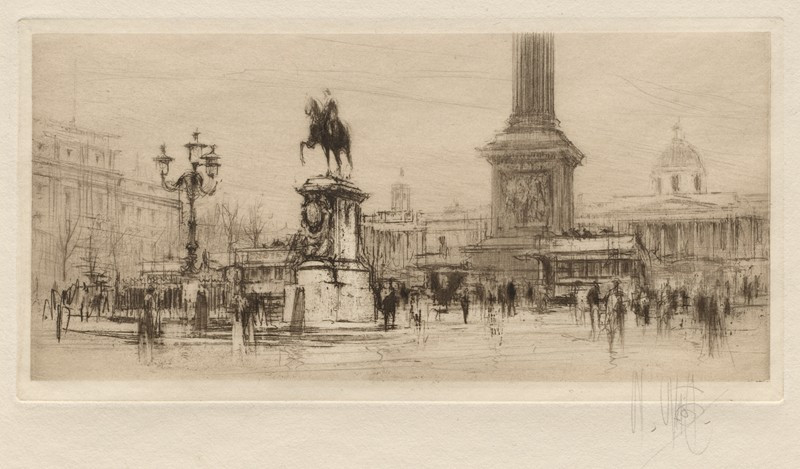Nie wieder Krieg! (around 1928)
Technique: Giclée quality print
Recommended by our customers
More about this artwork
Karl Wiener’s impactful artwork, "Nie wieder Krieg!" (Never Again War!), embodies a profound anti-war message, powerfully captured through stark, symbolic imagery. Created around 1928, this piece uses minimalistic yet evocative visuals to convey its theme. The painting features an array of crosses that dominate the upper part of the composition, symbolizing the overwhelming loss of life due to war. These crosses, varying in size but uniformly shaped, suggest the anonymity and mass scale of wartime casualties.At the bottom left of the image, a solitary figure is depicted with one arm outstretched and the other raised in a stop gesture. This figure represents humanity’s plea for peace and its rejection of further conflict. The blue-black background contrasts sharply with the white crosses and the outline of the figure, enhancing the somber mood and the theme of mourning."Nie wieder Krieg!" serves as a stark reminder of the tragic consequences of war and stands as a call to humanity to embrace peace.































